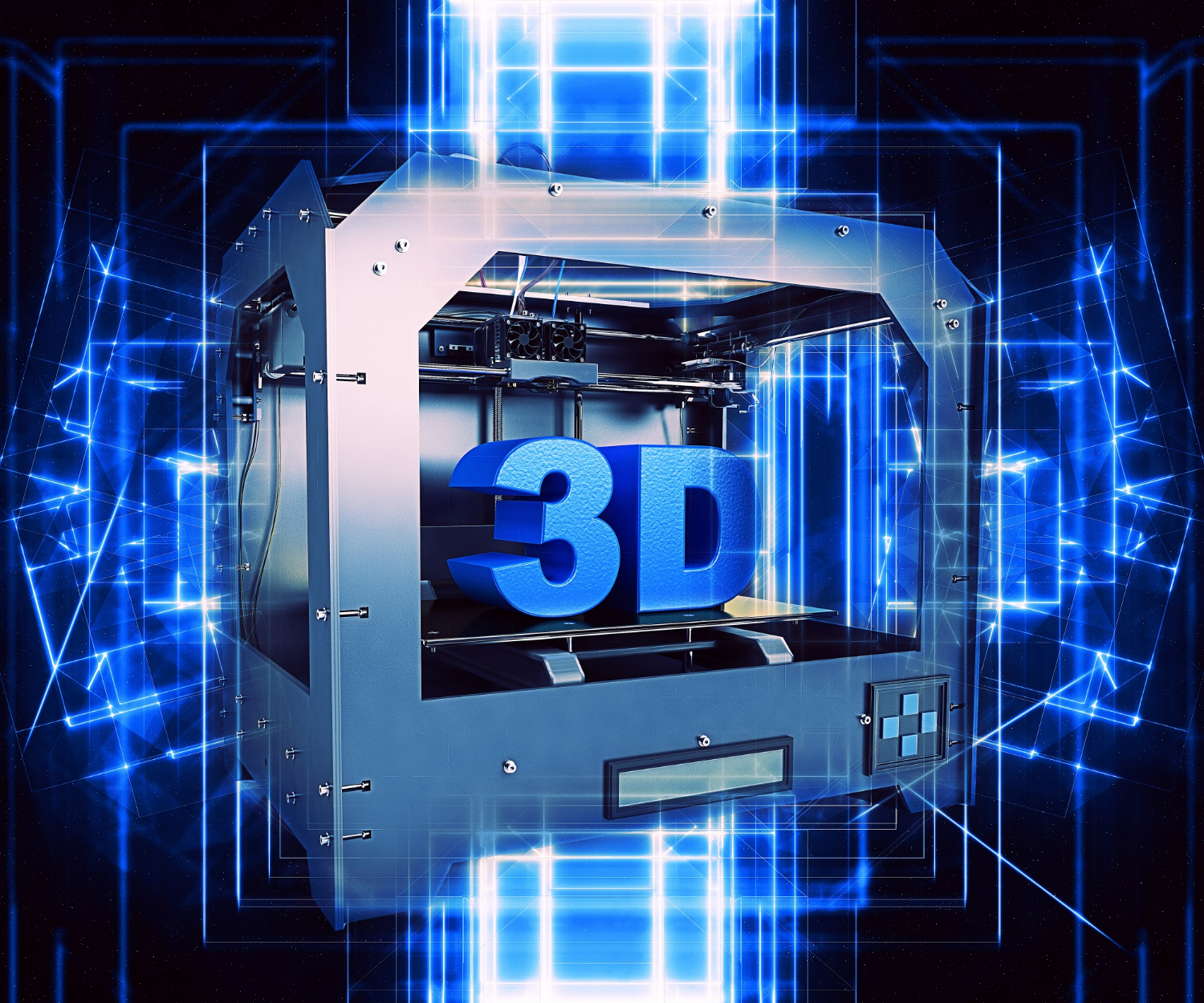How 3D Printing and Workflow Software Are Transforming Car Manufacturing




The automotive industry is entering a new era defined by innovation, agility, and advanced digital technologies. Among these, 3D printing in car manufacturing and smart workflow management are reshaping how vehicles are designed, produced, and delivered to the market. This integration is helping automakers respond to evolving consumer demands, adapt to the rise of electric vehicles (EVs), and build more efficient and sustainable production systems.
The adoption of automotive 3D printing has gone far beyond its initial role as a tool for concept models. Today, it supports multiple stages of automotive production, from rapid prototyping to end-use component fabrication. This shift is revolutionizing the way cars are made, enabling manufacturers to innovate faster and at lower cost.
One of the most established applications of 3D printing in the automotive industry is the ability to create precise prototypes quickly. Engineers can test scale models for aerodynamics, durability, and functionality in days rather than weeks, accelerating design cycles and improving innovation speed.
By leveraging lattice structures and complex geometries, 3D printing for automotive parts reduces component weight without sacrificing strength. Lighter parts are especially beneficial for EVs, where every kilogram saved translates into extended battery range and improved efficiency.
Modern consumers increasingly value personalization in vehicles. With 3D printing in automotive industry workflows, manufacturers can create customized interior elements, exterior styling components, or performance-focused upgrades without the need for expensive molds and tooling.
On-demand production enabled by 3D printing in car manufacturing reduces reliance on large warehouses and international shipping. When paired with remote 3D printing access and cloud 3D printing platforms, parts can be produced closer to final assembly, cutting costs and improving resilience.
For older vehicles or limited-edition models, 3D printing for automotive parts provides a practical solution to keep spare components available. Instead of maintaining costly inventories, automakers and suppliers can produce parts when and where they are needed. With 3D print queue management tools, manufacturers can manage production efficiently even for niche components.
Assembly lines benefit from custom jigs, fixtures, and molds produced with automotive 3D printing. These tailored tools enhance worker ergonomics, improve accuracy, and optimize overall efficiency.
The automotive industry is also witnessing the rise of digital-first production environments powered by smart workflows. These processes bring together artificial intelligence (AI), digital twins, and Industrial Internet of Things (IIoT) systems to create highly connected and adaptive manufacturing ecosystems.
A digital twin is a virtual replica of a vehicle, production line, or even an entire factory. These models provide real-time monitoring and allow automakers to run simulations before implementing changes, minimizing downtime and costly errors.
AI-driven analytics are central to smart workflows. From analyzing sensor data for predictive maintenance to identifying consumer trends for production planning, machine learning algorithms provide actionable insights that streamline operations.
With the support of IIoT devices, smart factories can monitor machine performance continuously. Predictive maintenance ensures that potential breakdowns are addressed before they disrupt operations, improving equipment reliability and output.
Robotics integrated with AI enhance flexibility on the production floor. These systems can adjust tasks in real time, coordinate with other machines, and take on repetitive processes like welding or assembly, freeing workers to focus on complex tasks. Automated robotics become more effective when paired with multi-user management software, ensuring collaborative teams can adjust workflows in real time.
By harnessing vast streams of operational data, manufacturers can fine-tune workflows to reduce costs, increase throughput, and meet changing demands. This level of responsiveness strengthens competitiveness in a fast-paced global market.
The real transformation comes when 3D printing in the automotive industry is combined with smart workflow systems. Together, they create a feedback loop of innovation and efficiency.
For example, a digital twin may simulate the design of a lightweight, 3D-printed part. That data can then be sent directly to a printer for production, while AI-powered monitoring oversees the process in real time. This integration minimizes errors, speeds up development, and ensures consistent quality.
The combined benefits include:
While the benefits of automotive 3D printing and smart workflows are clear, challenges remain. The cost of advanced materials and equipment, the need for skilled labor, and integration with legacy systems are barriers that manufacturers must overcome. However, ongoing investment and continuous technological progress are steadily lowering these barriers, making adoption more accessible across the industry.
The future of 3D printing in car manufacturing is not about replacing traditional methods entirely, but about complementing and enhancing them. As the industry moves toward electrification and greater sustainability, additive manufacturing combined with intelligent workflows will be key to creating lighter, smarter, and more adaptive vehicles.
Manufacturers that embrace these technologies will not only achieve greater efficiency but also gain the flexibility to meet evolving consumer expectations. The synergy of 3D printing in automotive industry and smart workflows signals a future where innovation, customization, and sustainability converge to redefine how cars are made.
The automotive industry is in the midst of a digital revolution. With 3D printing for automotive parts and advanced workflow management, automakers can streamline production, reduce costs, and unlock new possibilities for customization. Smart workflows add a layer of intelligence, ensuring every step is optimized for speed, safety, and efficiency.
As these technologies mature, the future factory will be defined by collaboration between 3D printing in the automotive industry, AI-driven systems, and data-powered insights. This evolution marks a significant step toward building not just cars—but smarter, more sustainable mobility solutions.

Erfahren Sie mehr über 3DPrinterOS — die vertrauenswürdigste 3D-Druck-Management-Software für Hochschulen, Unternehmen und OEMs. Füllen Sie dieses Formular aus, um mit unseren Experten in Kontakt zu treten.
Verwalte den Arbeitsablauf und die Berechtigungen für deine Benutzer
Teilen Sie Dateien und 3D-Drucker mit Benutzergruppen
Steuern Sie Ihre 3D-Druckerflotte über einen Browser
Cloud Slicer und Toolpath Viewer
Buchen Sie jetzt Ihr personalisiertes Assessment und erhalten Sie Ihre kostenlose Testversion.